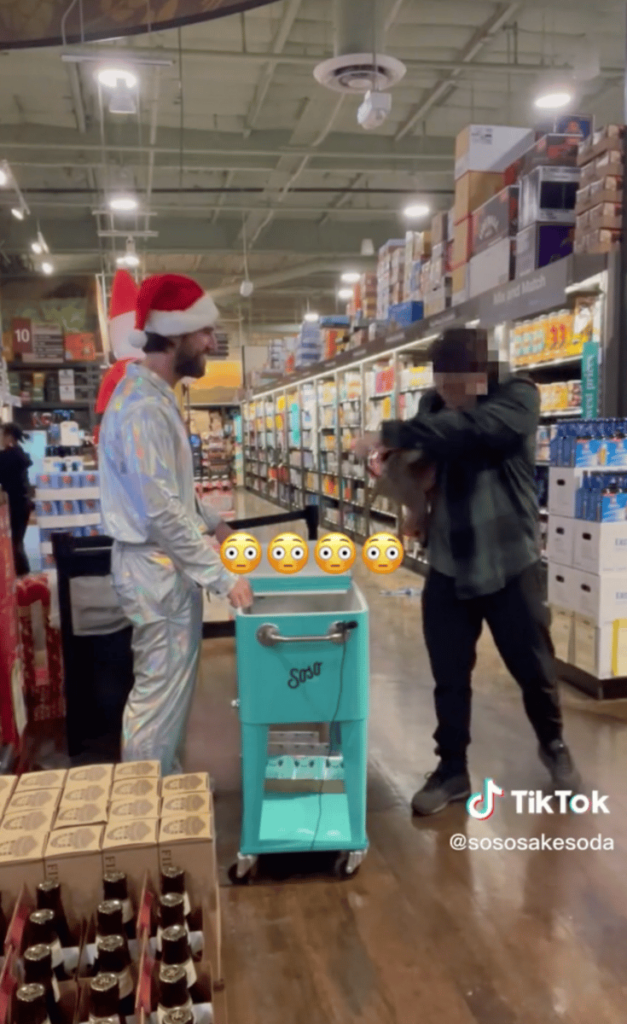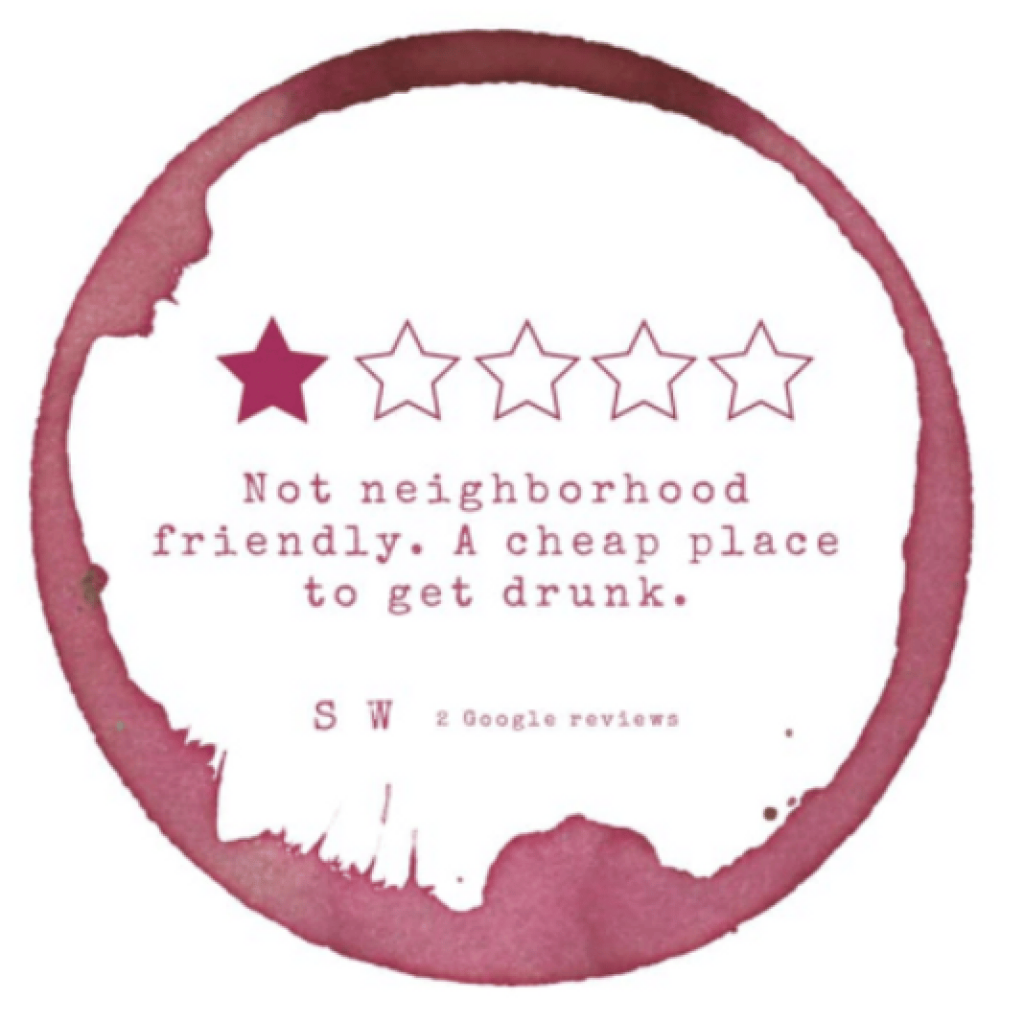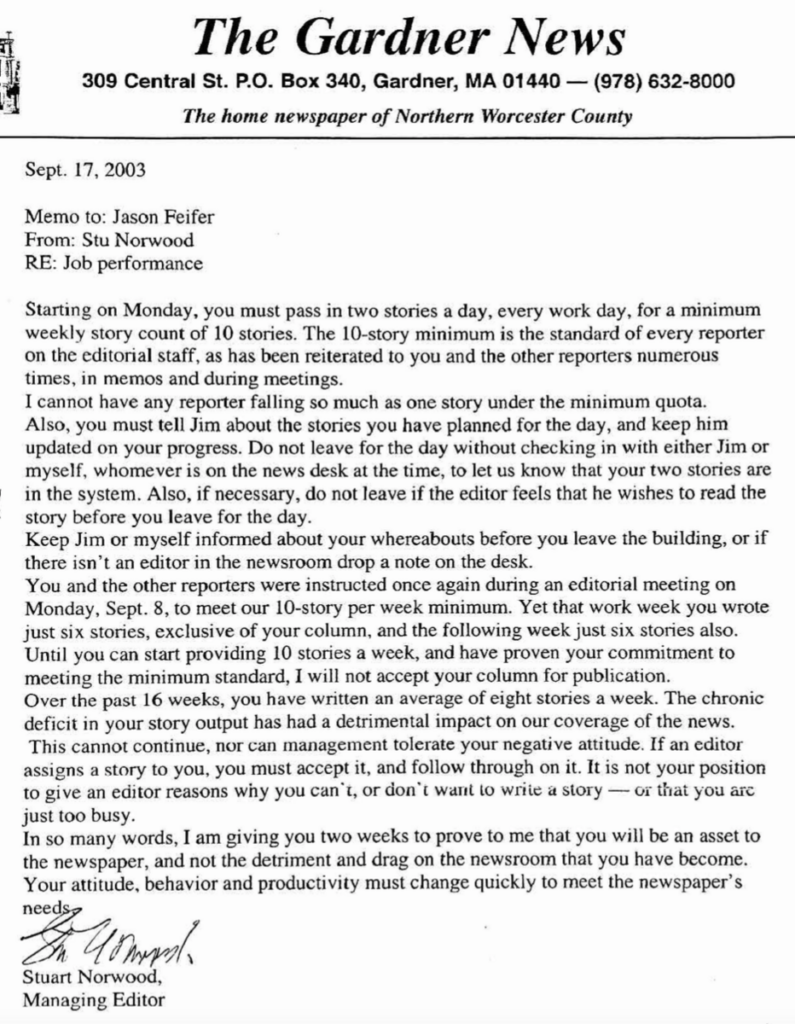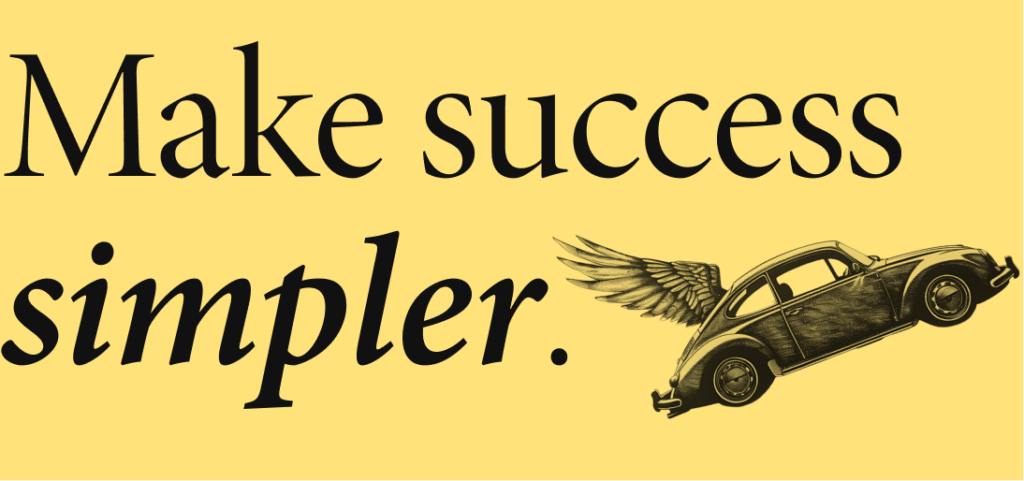Welcome to One Thing Better. Each week, the editor in chief of Entrepreneur magazine (that’s me) shares one way to level up — and build a career or company you love.
Today’s one thing: The thing that hurt your feelings.
One thing, better: Make it a rallying cry.
Someone insulted you. Or embarrassed you. Or hurt your feelings.
Maybe it happened today. Or last week. Or last year. But I bet you still think about it. That person stole some your confidence. They left a hole you hide from others.
But what if… you shared it? What if one person’s insult made other people cheer for you?
I’ve seen many entrepreneurs do this to great effect. I’ve also done it myself. And it feels good.
Today, I’ll share how you can use a gut punch to your advantage — and take control of a thing you felt you lost.
First, let’s watch a guy get insulted hard
A few months ago, I was flipping around TikTok and found this video:

It’s from inside a grocery store. There’s a guy handing out beverage samples, and he offers one to a customer with a dog.
“Want to try some sake soda?” the sampler asks.
“Nah dude, get lost,” the customer says — and then he lifts his dog’s tail, aims the dog’s butt at the sampler, and makes a farting noise. WHAT??
The video has more than 15 million views. And as soon as I saw it, I needed to know more. So I tracked the sampler down. His name is Mike Brown, and he’s the CMO of Soso Sake, a brand he started with friends. He often runs the sampling tables at grocery stores, which he says are successful. But there are always mean customers too — people who go out of their way to make him feel bad.
“I’m there because I want people to like my product,” he told me in this podcast interview. “And when they don’t, it’s always gonna hurt a little bit. I feel sad.”
So he started filming himself at grocery stores. The original plan was to post people’s positive reactions. But then he started posting the negative ones too — those moments that genuinely hurt him. Of course, those were the ones that blew up. “It was scary at first because I was thinking, is this gonna implode our brand?” he says. “But I stuck with it because, for as much negative stuff as there was, there was a million times more positive.”
People rallied around him. Last year, Soso Sake’s videos got 300 million views and created a surge in sales.
Whether he realized it or not, Mike is doing a lot more than marketing here. What he’s doing is big: He’s regaining a sense of control.
We humans need control. We need autonomy. And when someone insults us, we often feel stripped of that control. The jerk now has the power; they acted upon us, and we cannot erase it. But when Mike filmed those interactions, he gave himself a way to act. He now had a video he could do something with. The moment was his.
This is ultimately what we need whenever we feel wounded. We need a way to act — not as a means of hurting someone else, but as a means of refueling ourselves.
Now let’s air some dirty laundry!
Mike didn’t invent the idea of bad-customer jiu jitsu. Brands have been doing it for a long time, as my friend Irina Logra details in this smart blog post. She shared a few examples, including this marketing image from a wine bar:

And this from… uh, some coffee shop that went viral:

To be clear: I’m not saying to air everything. But to appreciate the power of all this, step back and consider your own reactions to the images above. What do they make you think?
Me? Two things:
- This place must be very confident and talented, in order to laugh off insults.
- Some people like this place, and some people don’t. And I want to like it.
Why do I think these things? It’s because I, like most people, want to root for others. Have you ever seen a speaker bomb on stage? The audience doesn’t turn against them — not at first, anyway. The audience is with them. The audience wants them to succeed. Yes, there are jerks out there. But most people are decent and good and want to believe in you. They want to define themselves against the jerks.
New to this newsletter? Subscribe!
That’s what images like these do. They allow people to say: “I’m not like that jerk.”
Now expand this outward. You don’t need to make a billboard with your insults. What if you just… shared it with someone who matters to you? Tell a friend what’s hurting you. Forward a nasty email to a confidant and say, “Can you believe this?” Let people in.
When you do, you’ll strengthen your relationship with whoever you told. They’ll tell you why that jerk is wrong. They’ll tell you about their own jerk. You’ll come away feeling stronger. Now you’ve used that bad thing to your advantage.
This is the question to ask
So, how do we get there? How do we go from being embarrassed to being empowered?
Look at any uncomfortable situation and ask: How can I use this?
That’s really at the heart of what I’m describing here. The people above — the sake soda guy, the wine bar, the coffee shop — are using the thing that hurt them. They’re giving the experience an active purpose.
Here’s one way I discovered this myself, over the course of 20 years.
I graduated college in 2002 and took a reporting job at a local paper. I struggled there. My boss was mean and the work was a slog. About a year in, I arrived at my desk to find a letter.
Here it is. I kept it:

In short, my boss told me that I sucked. I was underperforming and had become a “detriment and drag” on the newsroom. I remember sitting at my desk, heart racing, feeling waves of shame. I wondered if my fellow reporters knew.
The letter prompted a lot of soul searching. I decided to quit that job — which, frankly, I hated — and pursue the work I wanted. It led me to take a lot of risks. I am here with you today because of this letter 20 years ago.
At some point a few years ago, I decided to start sharing this letter publicly. On podcasts. With live audiences. On social media. Why? Because in a way, I’d asked myself: How can I use this? And I was startled by the answer.
Twenty years ago, this letter was an embarrassment. Now it is part of a larger story I can tell — both of myself, and of how career setbacks can propel you forwards. I just shared it last week on LinkedIn and wrote: “If you’re feeling down, or stalled, or unsure of what comes next, then allow me to recommend something: Act.”
You know what people did in response? They thanked me. They shared it with others. It was seen more than 200,000 times. Many hundreds of them subscribed to this newsletter as a result. (If you’re one of them: Hello! And thank you!) At least a dozen people DM’d me to say they’re unhappy in their job, and that this message empowered them.
This letter no longer embarrasses me. Now it strengthens me. Which is why I share it.
That’s available to you too. Whatever it is, whatever you carry: It’s time to use it.
And that’s how to do one thing better.
